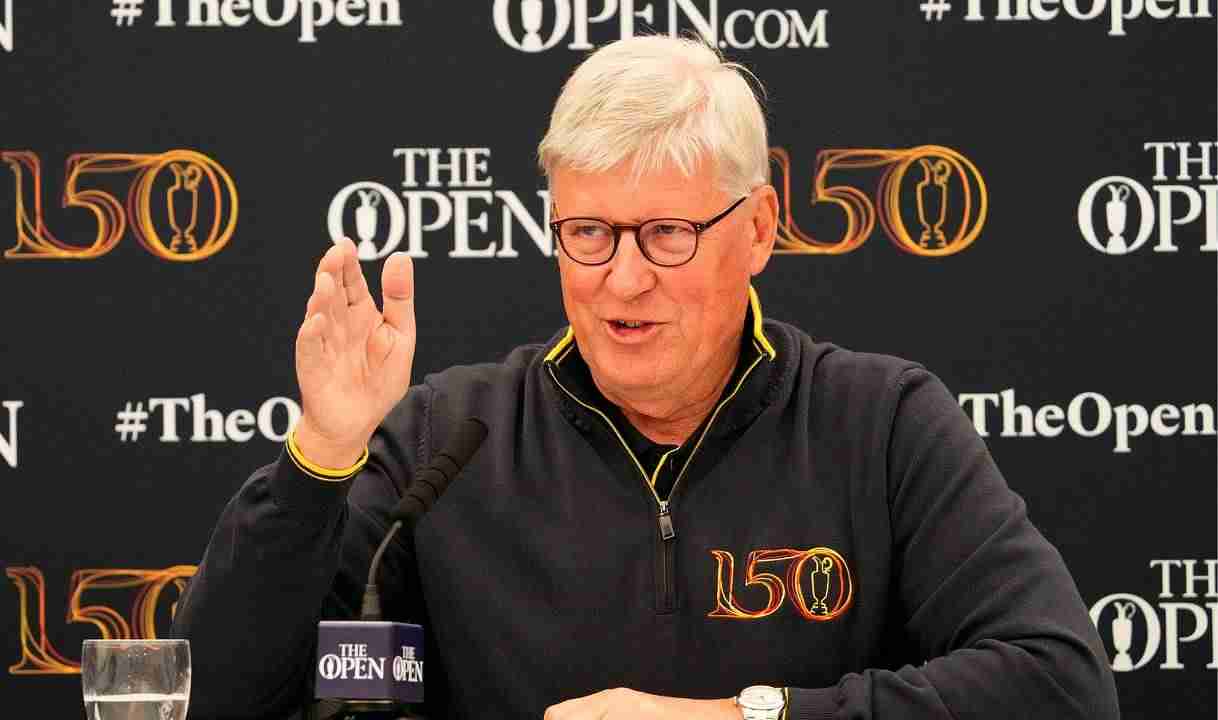The USGA and R&A’s announcement regarding the increasing distance between golf balls has generated more questions than answers. The bifurcation option was proposed, but elite and professional golfers strongly condemned it. Moreover, manufacturers opposed it. So, as a solution to everything, both professional and recreational golf will be affected by this policy. The new balls will be used by pros in 2028, and amateurs will only use them in 2030.
Elite golfers will see a reduction of 15 yards in distance, while recreational golfers will see a reduction of up to 5 yards depending on their swing. But many questions nevertheless remain unanswered. We tried to solve these problems!
Will this decline cause the price of golf balls to rise?
Golfers pay higher prices for balls that travel far, but what happens to newly tested balls that don’t travel as far? Will it cost the golfer more or less? R&D of all golf manufacturing companies will invest more to create these balls; it is therefore very likely that prices will increase. But will a golfer be happy to pay more for a lower performing golf ball? This is a very controversial issue currently.
Will the new ball work properly?
When a golfer hits a ball hard, it spins more and reaches a greater distance. Golfers can try to control the swing so that they can achieve the necessary distance and also adhere to the setback policy. It will be irregular, but it will be a spectacle for the public.
Will Regal Tours follow this throwback to the golf ball?
When golf governing bodies launched the model local rule for having slower balls, it was rejected by the tours, stating: “not in the best interest of the game.”
Loading embedded tweet https://twitter.com/NoLayingUp/status/1732395150041649407?ref_src=twsrc%5Etfw
This universal decline has not been favored by the PGA Tour either. They declared, “We believe a more moderate adjustment is appropriate.” Apparently the PGA Tour does not agree with this announcement.
How will this affect players and their golf clubs?
The longest hitters will have a reduction of 13-15 yards, but what happens to an average hitter? The announcement indicates that the LPGA and golfers will see a reduction of up to 7 yards. So, for amateurs, the reduction will simply be negligible. Rory McIlroy said the same thing: “will make no difference to the average golfer.”
How to designate these compliant balls?
The new balls will be difficult to recognize and those who oppose them are unlikely to use them on the tee. Balls must have universal markings to be noticed.
When will these rollback balls be on the market?
Amateurs are expected to use it in 2030, but professionals are expected to use it by 2028. Therefore, if the balls are released sooner, it might be good for amateurs to get used to them.
Which ball will continue to comply?
The governing bodies stated:
“A significant portion of golf ball models currently on the market – and more than 30% of all golf ball models submitted for compliance across the game – are expected to remain compliant after these changes are implemented. »
If someone uses a softball, it won’t make much difference. Given the complexity associated with the rules, other questions will arise, but only time will tell how things will evolve.

